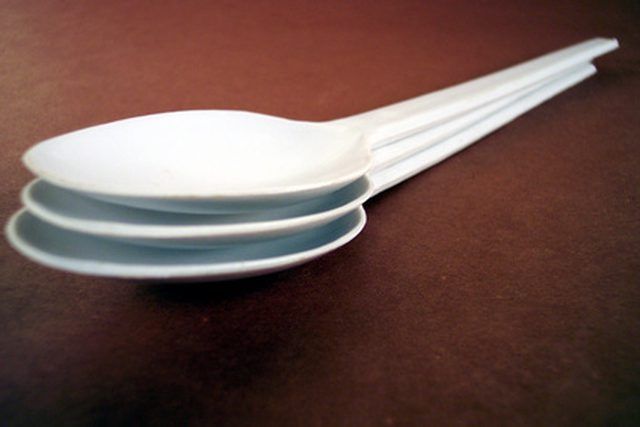Bulbs
Flower Basics
Flower Beds & Specialty Gardens
Flower Garden
Garden Furniture
Garden Gnomes
Garden Seeds
Garden Sheds
Garden Statues
Garden Tools & Supplies
Gardening Basics
Green & Organic
Groundcovers & Vines
Growing Annuals
Growing Basil
Growing Beans
Growing Berries
Growing Blueberries
Growing Cactus
Growing Corn
Growing Cotton
Growing Edibles
Growing Flowers
Growing Garlic
Growing Grapes
Growing Grass
Growing Herbs
Growing Jasmine
Growing Mint
Growing Mushrooms
Orchids
Growing Peanuts
Growing Perennials
Growing Plants
Growing Rosemary
Growing Roses
Growing Strawberries
Growing Sunflowers
Growing Thyme
Growing Tomatoes
Growing Tulips
Growing Vegetables
Herb Basics
Herb Garden
Indoor Growing
Landscaping Basics
Landscaping Patios
Landscaping Plants
Landscaping Shrubs
Landscaping Trees
Landscaping Walks & Pathways
Lawn Basics
Lawn Maintenance
Lawn Mowers
Lawn Ornaments
Lawn Planting
Lawn Tools
Outdoor Growing
Overall Landscape Planning
Pests, Weeds & Problems
Plant Basics
Rock Garden
Rose Garden
Shrubs
Soil
Specialty Gardens
Trees
Vegetable Garden
Yard Maintenance
Sweet Corn Vs. Field Corn
Sweet Corn Vs. Field Corn. While there are hundreds of species of corn, only two types exist: sweet and field. Particularly in the Midwest, corn fields are a familiar sight across the United States. Sweet corn is the most preferred eating corn for human consumption, while field corn has a variety of uses.
While there are hundreds of species of corn, only two types exist: sweet and field. Particularly in the Midwest, corn fields are a familiar sight across the United States. Sweet corn is the most preferred eating corn for human consumption, while field corn has a variety of uses.
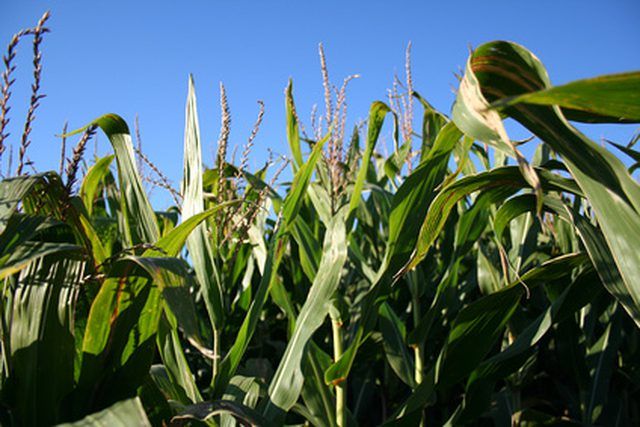
Corn has been produced in the Americas since before 200 B.C. Sweet corn was first acquired by settlers in A.D. 1779 from the Iroquois Indians, although there is no knowledge of when sweet corn was first grown in the United States.
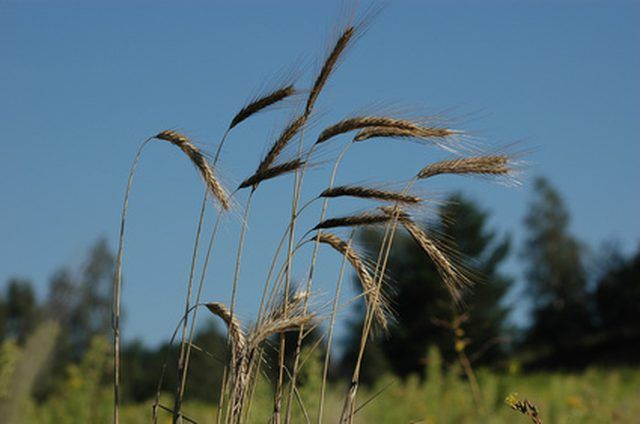
Field corn has an abundance of uses and accounts for nearly 99 percent of all corn grown in the United States. This type of corn is harvested for use as animal feed, and nearly all domestic species have corn in their diets due to this. Uses in the home include cooking oils, corn syrup and corn meals. Maltodextrin, dextrose, sorbitol, corn starch and high-fructose corn syrup are found in many products from breads to toothpastes. Corn is also utilized in the manufacturing of everyday items such as batteries, medicines, paper and adhesives. Items such as textiles and carpets are also utilizing corn.
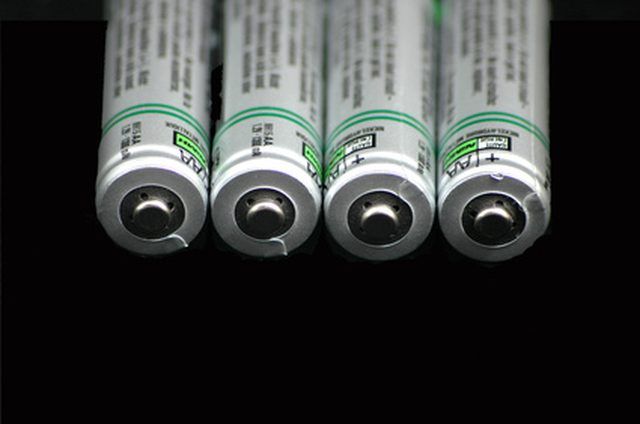
Sweet corn is a mutated form of corn. The seed stores approximately two times more sugar than seeds of field corn, creating the sweet, palatable taste. Several hundred species of sweet corn exist, and new mutations are being created. Yellow, white and bi-color sweet corns are available. Sweet corn is available for purchase either frozen, canned or on the cob.
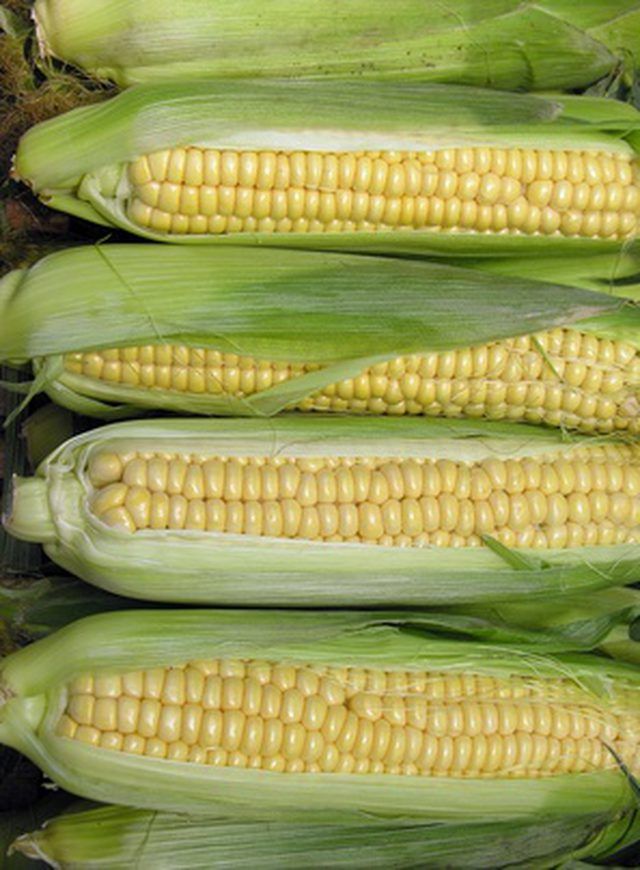
Field corn is the type growing in cornfields. Depending on irrigation, hybrid type and maturing-season, corn should be planted at 16,000 to 30,000 plants per acre. Growing sweet corn can be done in a garden and sometimes is grown on the edge of a field of corn by farmers. Corn should always be planted with several other corn plants to aid in pollination. In a garden, it is recommended to have at least two full rows of corn planted. If multiple varieties are used, there should be at least two rows of each variety side-by-side in the corn plot.
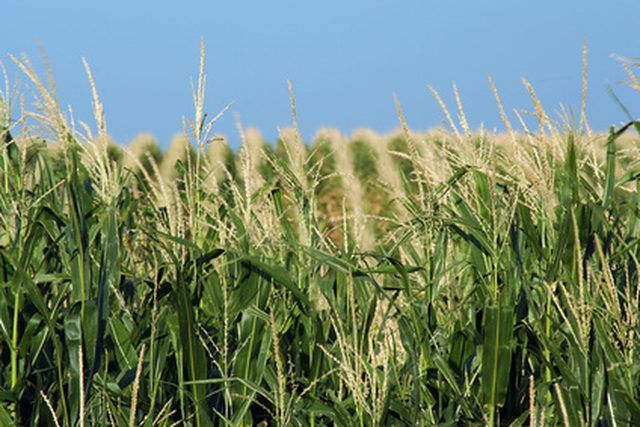
Corn based products are starting to replace many petroleum-based products. Items like dinnerware, plastics and packaging materials made from corn are being introduced. Ethanol, a corn-based fuel, is also found at fuel-stations and is sometimes added to gasoline.
